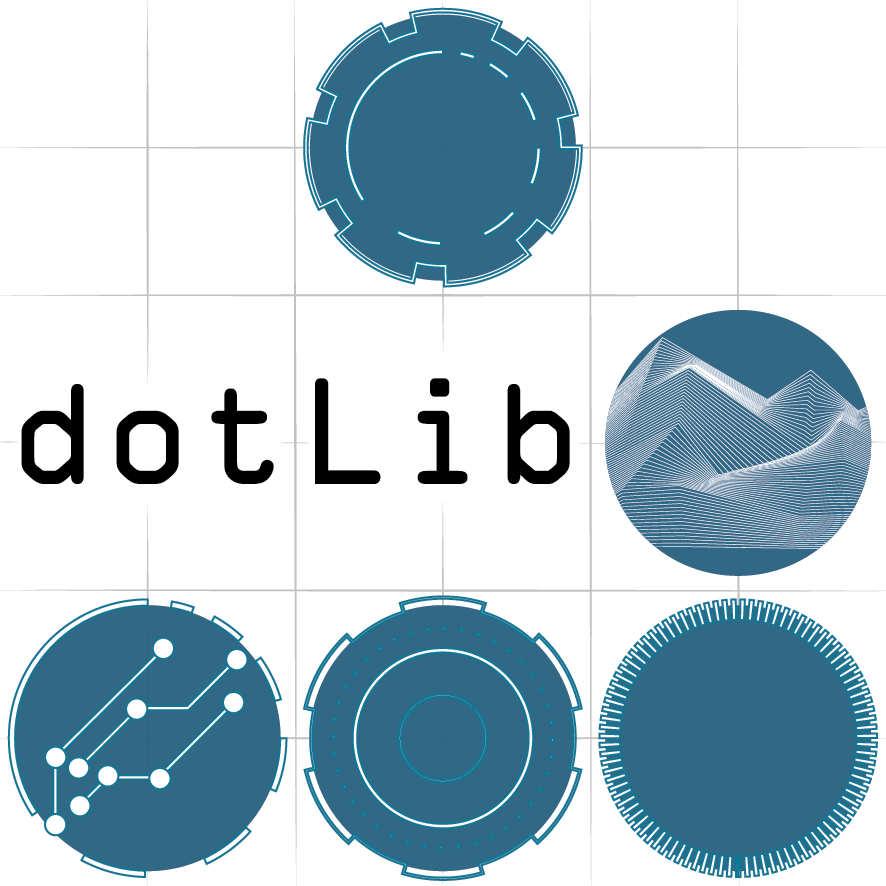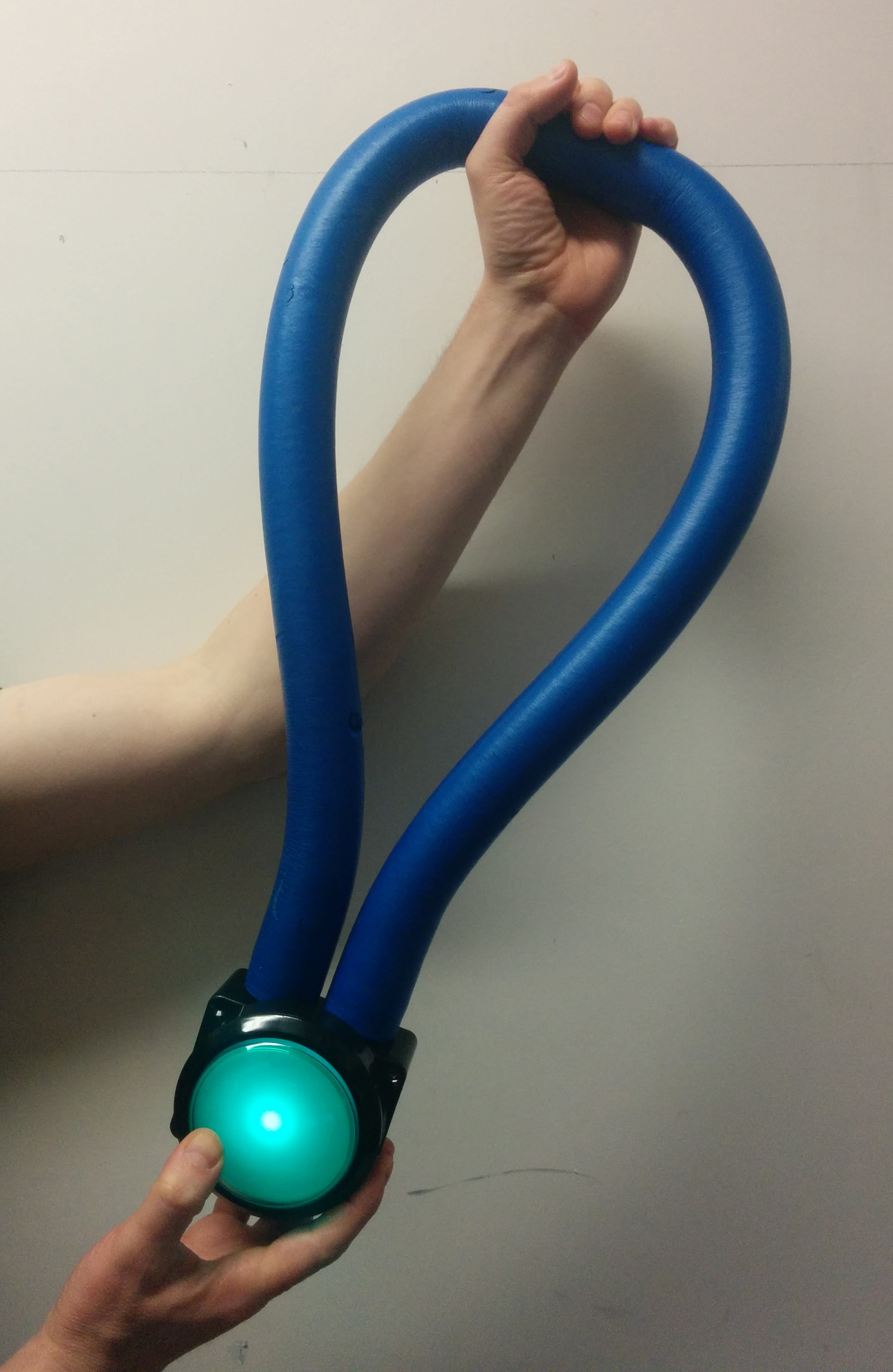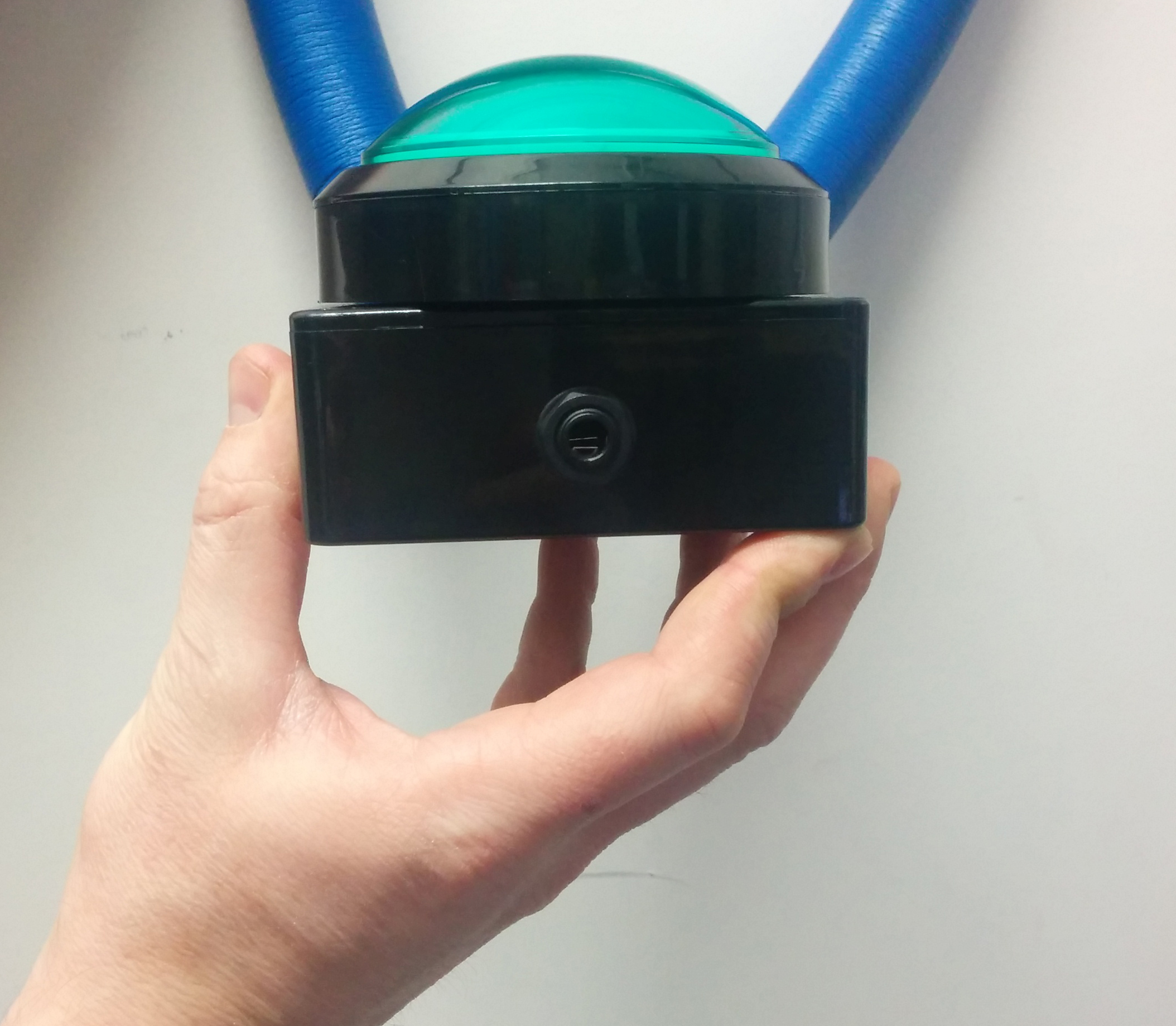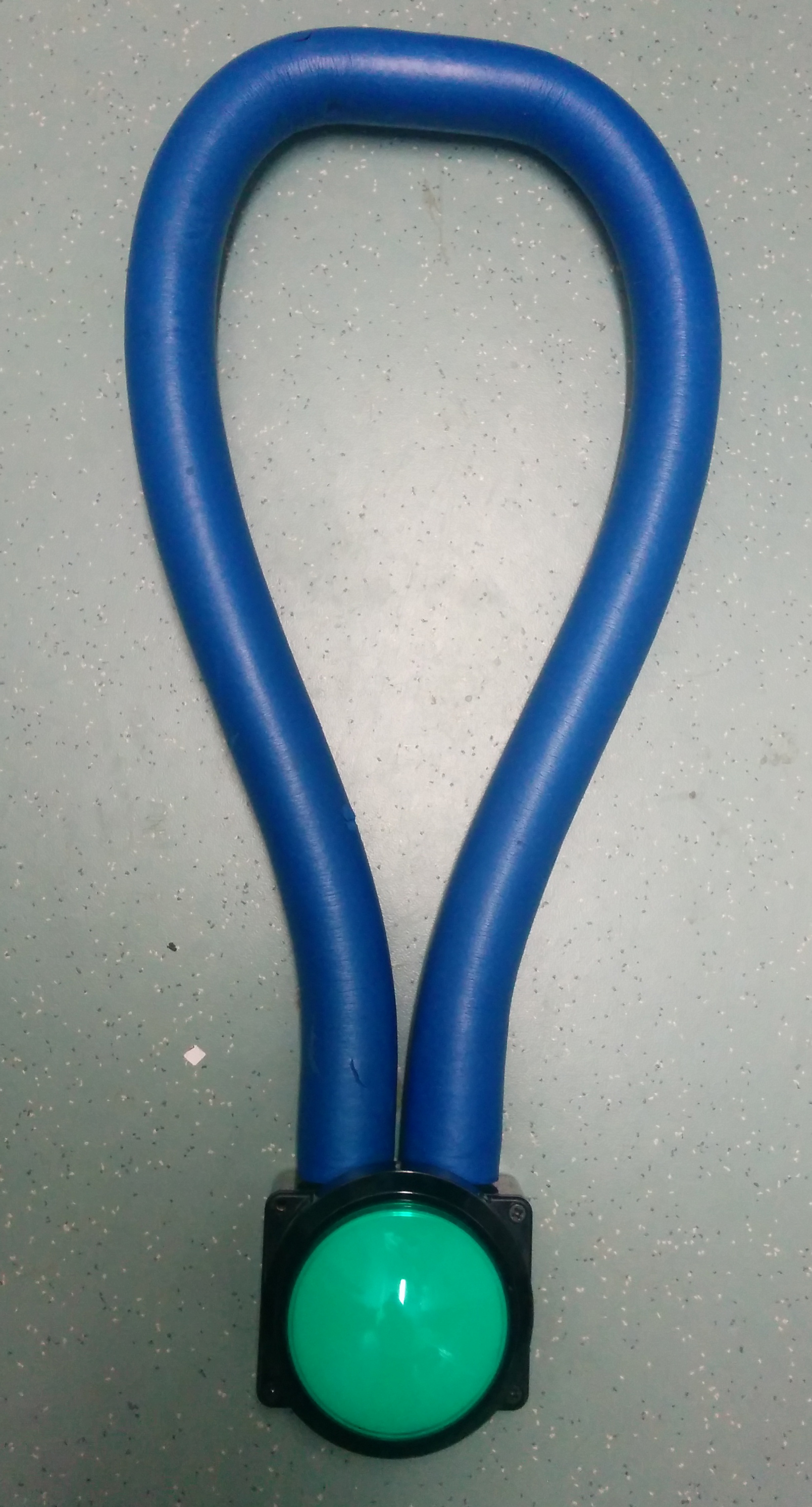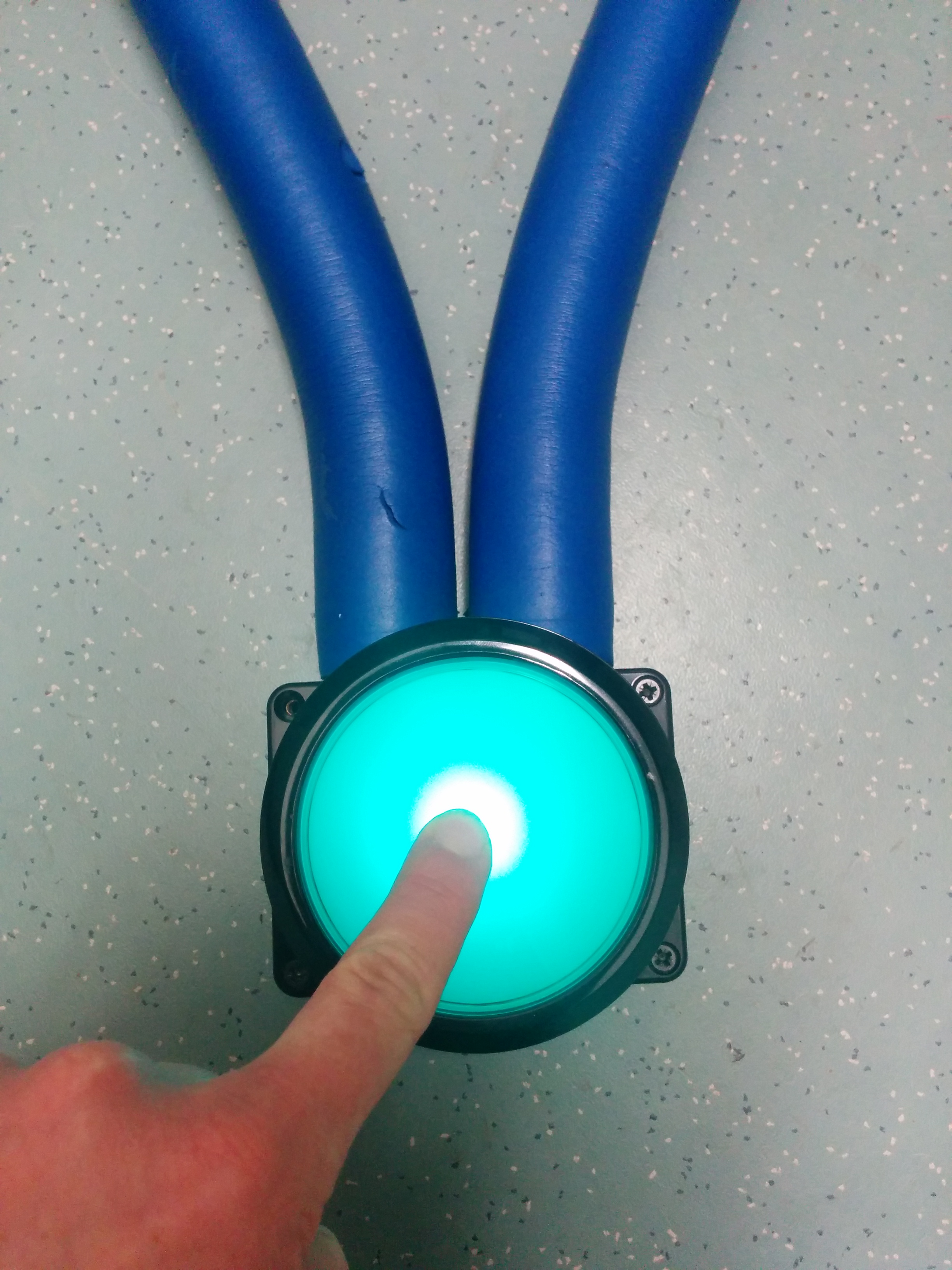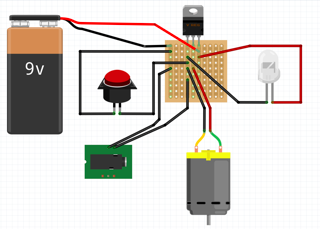Pretty much since I started working at Three Ways School, nearly ten years ago now, I have had my eye on a cavity which was built into the Sensory Studio floor. It was pretty much sealed in and over the years I have done investigations and tried to get hold of missing plans etc to find out what is down there. Over the last couple of years I started work in earnest and got some budget to create a vibrating floor.
Having come up with a rough design I set about trying to find a carpenter willing to take on the project. Once I had detailed my requirements, mostly I found that the carpenters stopped returning my emails and answering my calls. However, Andy Emmerson (Emmerson of Bath) was made of sterner stuff and agreed to take on the build.
We built a floating floor mounted on rubber supports and powered by two powerful shaker motors. These motors can be driven with low frequency audio meaning you can feel music with very limited audible sound. Andy did a great job on the frame, there are no rattles and the floor moves freely for a great responsive and very powerful vibration.
I am currently working on a suite of tools for using vibration effects with SEN children and will eventually link the visual floor projection with the underlying vibration events.
